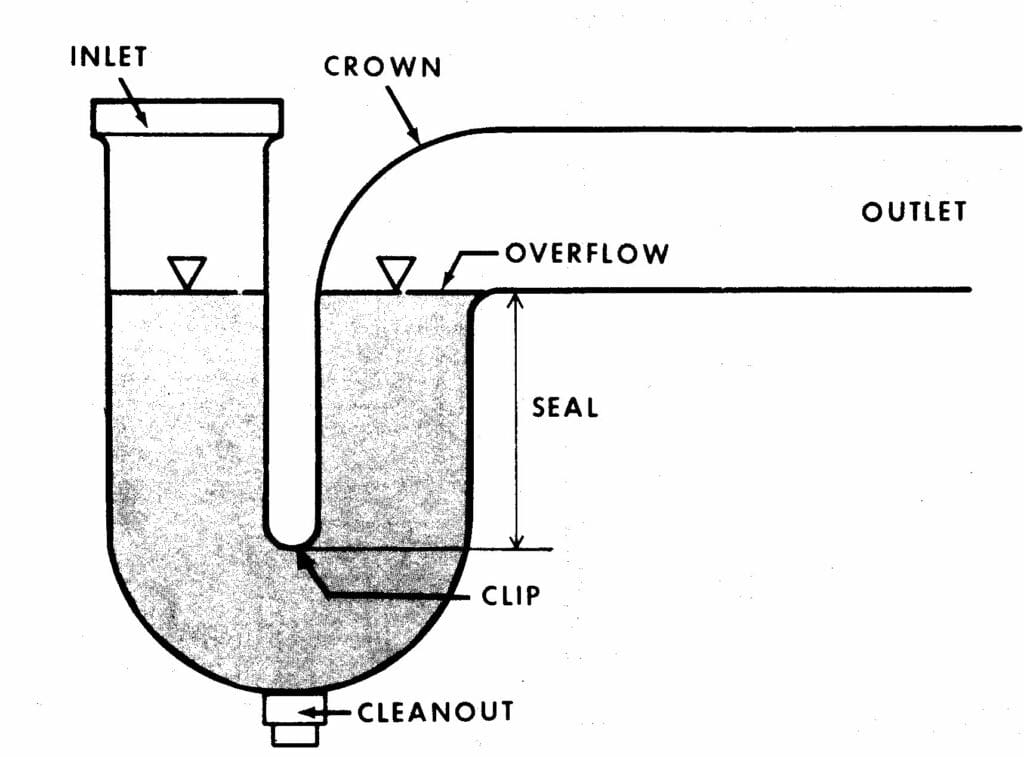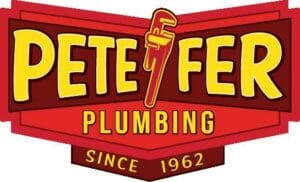If your bathroom or kitchen sink is draining slower and slower you might want to troubleshoot yourself before calling a plumber. In this guide we’ll walk you through the steps of cleaning the P-Trap in an attempt confirm whether or not that is the cause of the slow drainage.
What is a P-Trap?

A P-trap is a specific type of plumbing fixture found under sinks, toilets, and other drains. It is called a “P-trap” because of its unique shape that resembles the letter “P” when viewed from one side. Here’s a breakdown of its structure and function:
Structure
The P-trap consists of a curved trap piece that creates a seal by holding water. The curve connects to two other sections: one that leads down from the drain (called the tailpiece) and another that leads out to the sewer or waste line (known as the drain arm).
Function
The primary purpose of a P-trap is to prevent odorous gases from the sewer system from entering your home. The water that remains in the curve of the P-trap acts as a seal, blocking gases from coming up through the drain. Additionally, it can also catch debris that has been washed down the drain, preventing potential clogs further along in the plumbing system.
Steps to Disassemble and Reassemble a P-Trap after cleaning
- Turn off water to the sink
- Place a large enough bucket under the p-trap
- Take a picture of the existing p-trap assembly
- Remove water-stopper in your sink
- Loosen and unscrew connections
- Remove all plastic pieces allowing water to drain into bowl or bucket safely
- Rinse and clean all internal debris from plastic pieces
- Clean sink drain and remove debris
- Carefully pull out and clean any debris from piping that enters drywall
- Reassemble all pieces and be sure not to over-tighten connections
- Replace sink water-stopper
- Close water stopper and fill sink fully
- Open water stopper and visually check for leaks
- Tighten or re-assemble p-trap until leaks stop
If these steps work, you’ve done it! You’ve successfully avoided calling a plumber by removing the blockage and cleaning your p-trap.

